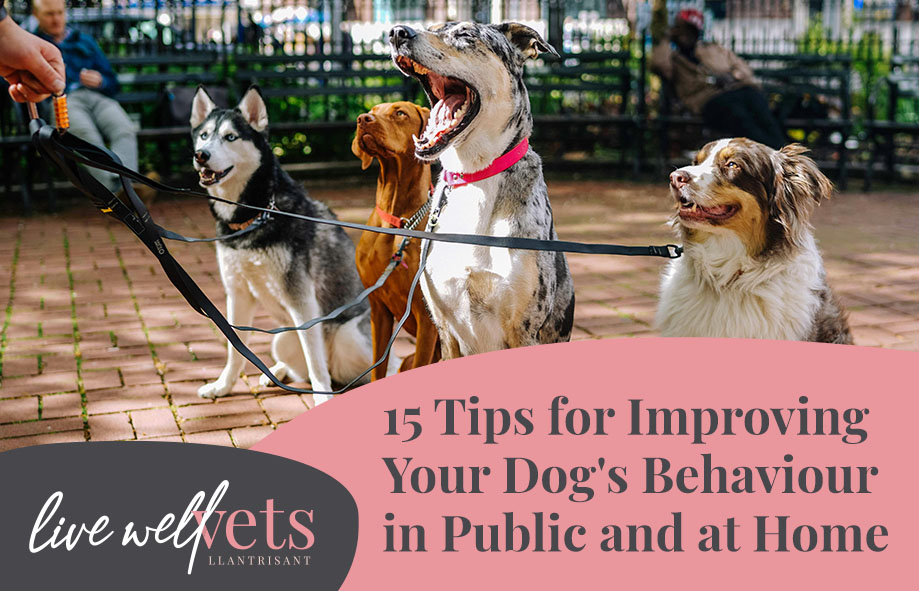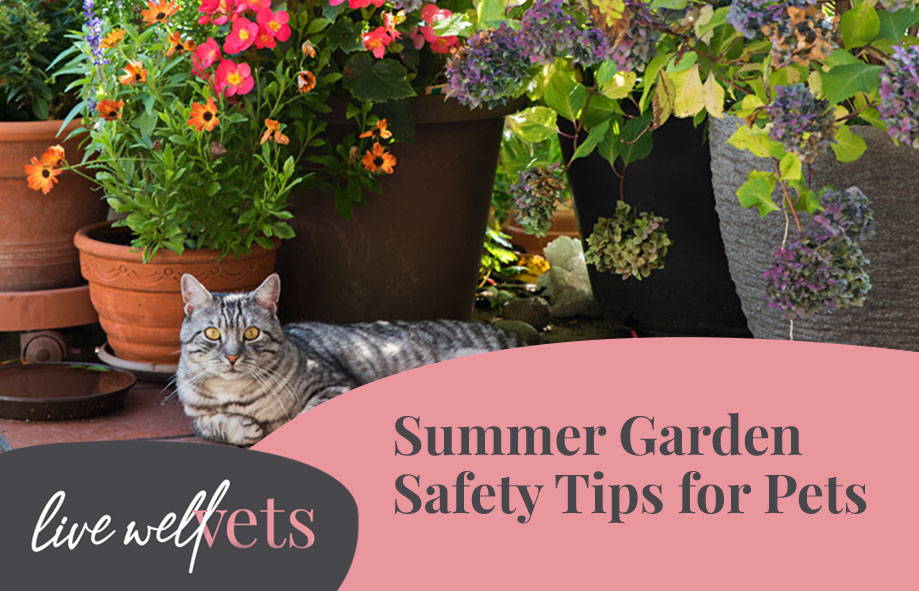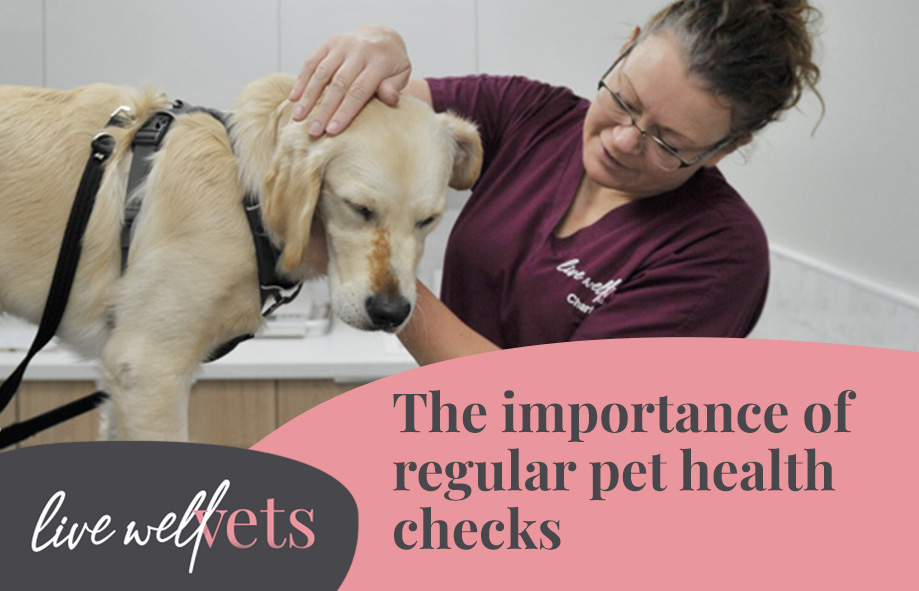As dog owners, we cherish the bond we share. However, sometimes our dogs may behave in ways that are challenging or undesirable, whether it’s at home or out in public. Fortunately, with patience, consistency, and the right training techniques, you can help shape your dog’s behaviour for the better.
Sometimes, medical issues can result in challenging behaviours so always pop in for a quick check up before starting any training programme, but here are 15 tips to improve your dog’s behaviour both at home and in public settings:
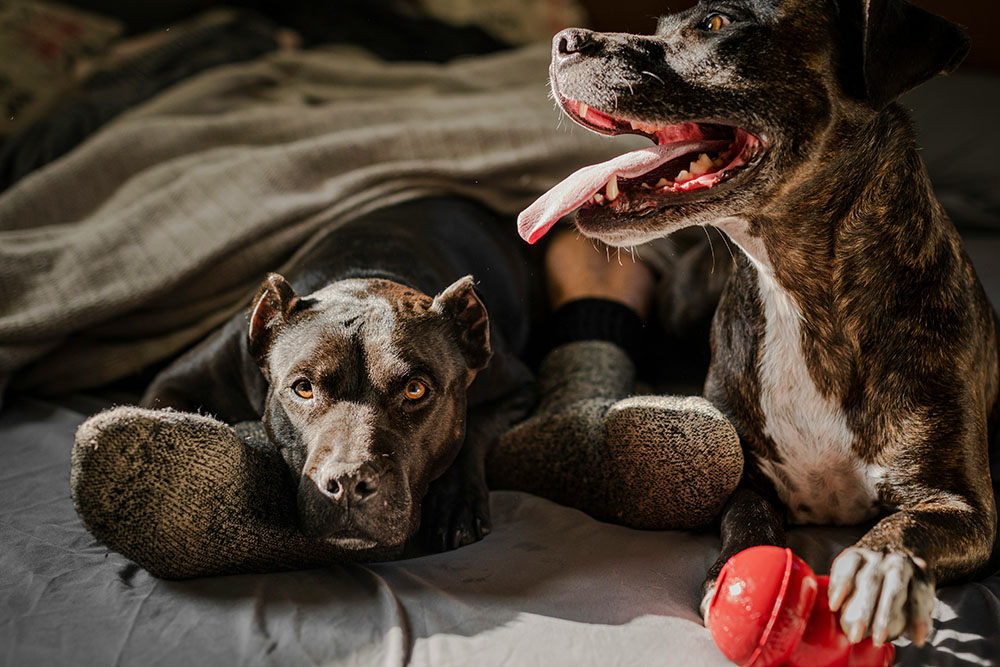
1. Establish Clear Rules and Boundaries
Consistency is key when it comes to training your dog. Set clear rules and boundaries from the beginning and ensure that everyone in the household follows them consistently.
2. Positive Reinforcement
Use positive reinforcement techniques such as treats, praise, and affection to reward good behaviour. This encourages your dog to repeat the desired behaviour in the future.
3. Socialisation
Expose your dog to different environments, people, and animals from a young age to help them become well-adjusted and confident in various situations.
4. Basic Obedience Training
Teach your dog basic commands such as sit, stay, come, and leave it. These commands not only improve obedience but also enhance safety in public settings.
5. Use a properly fitted collar and lead
Ensure your dog’s collar and lead fit comfortably and securely. Use a lead that gives you control without causing discomfort to your dog.

6. Practice loose lead walking
Encourage your dog to walk politely on a loose leash by rewarding them for walking beside you without pulling.
7. Address problem behaviours early
Don’t ignore problem behaviours such as barking, jumping, or aggression. Address them early on with appropriate training techniques.
8. Provide mental stimulation
Keep your dog mentally stimulated with interactive toys, puzzle feeders, and training games to prevent boredom and destructive behaviour.
9. Regular exercise
Make sure your dog gets enough physical exercise to help burn off excess energy and prevent behavioural problems caused by pent-up energy.
10. Create a safe space
Provide your dog with a designated safe space, such as a crate or bed, where they can retreat when they need downtime or feel anxious.

11. Desensitise to triggering stimuli
Gradually expose your dog to stimuli that trigger fear or anxiety, such as loud noises or unfamiliar objects, using desensitisation and counterconditioning techniques.
12. Manage their environment
Manage your dog’s environment to prevent access to potential hazards and minimize opportunities for problem behaviour.
13. Seek professional help if needed
If you’re struggling to address certain behavioural issues, don’t hesitate to seek guidance from a professional dog trainer or behaviourist.
14. Stay calm and patient
Dogs pick up on their owner’s emotions, so it’s essential to stay calm and patient during training sessions, even if progress is slow.
15. Consistent training routine
Establish a consistent training routine and practice regularly to reinforce desired behaviours and maintain progress.
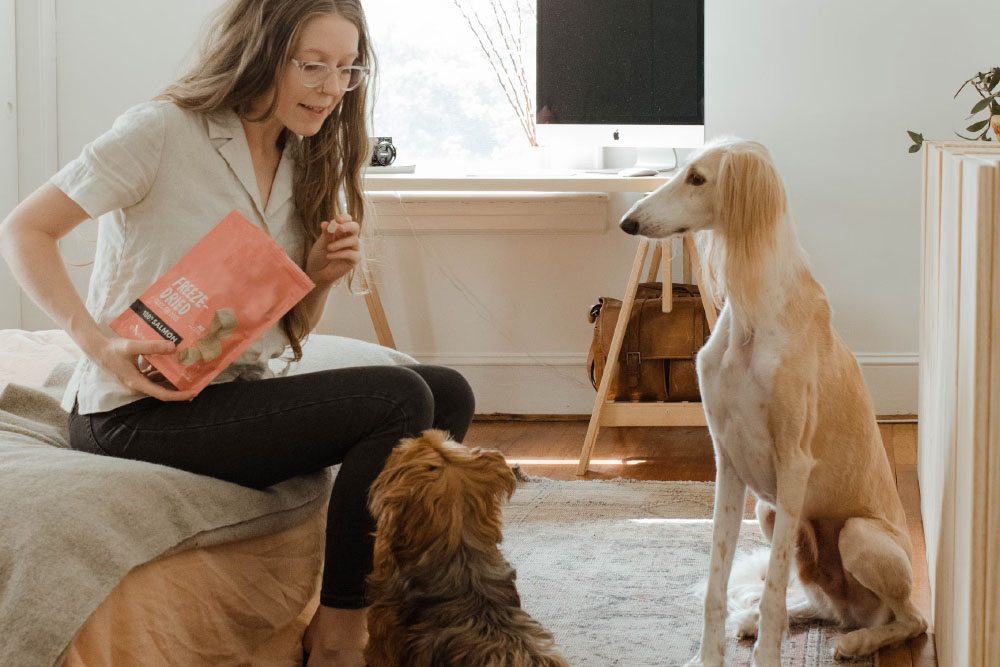
By implementing these tips and techniques, you can help improve your dog’s behaviour both at home and in public. Remember that every dog is unique, so be patient and adaptable in your training approach, and celebrate the progress your dog makes along the way. With time, dedication, and positive reinforcement, you and your dog can enjoy a harmonious relationship built on trust and mutual respect.
If you don’t know where to start with tricky behaviours or would just like to speak to one of us, please get in touch by calling 02921 851 632 or emailing info@livewellvets.co.uk
